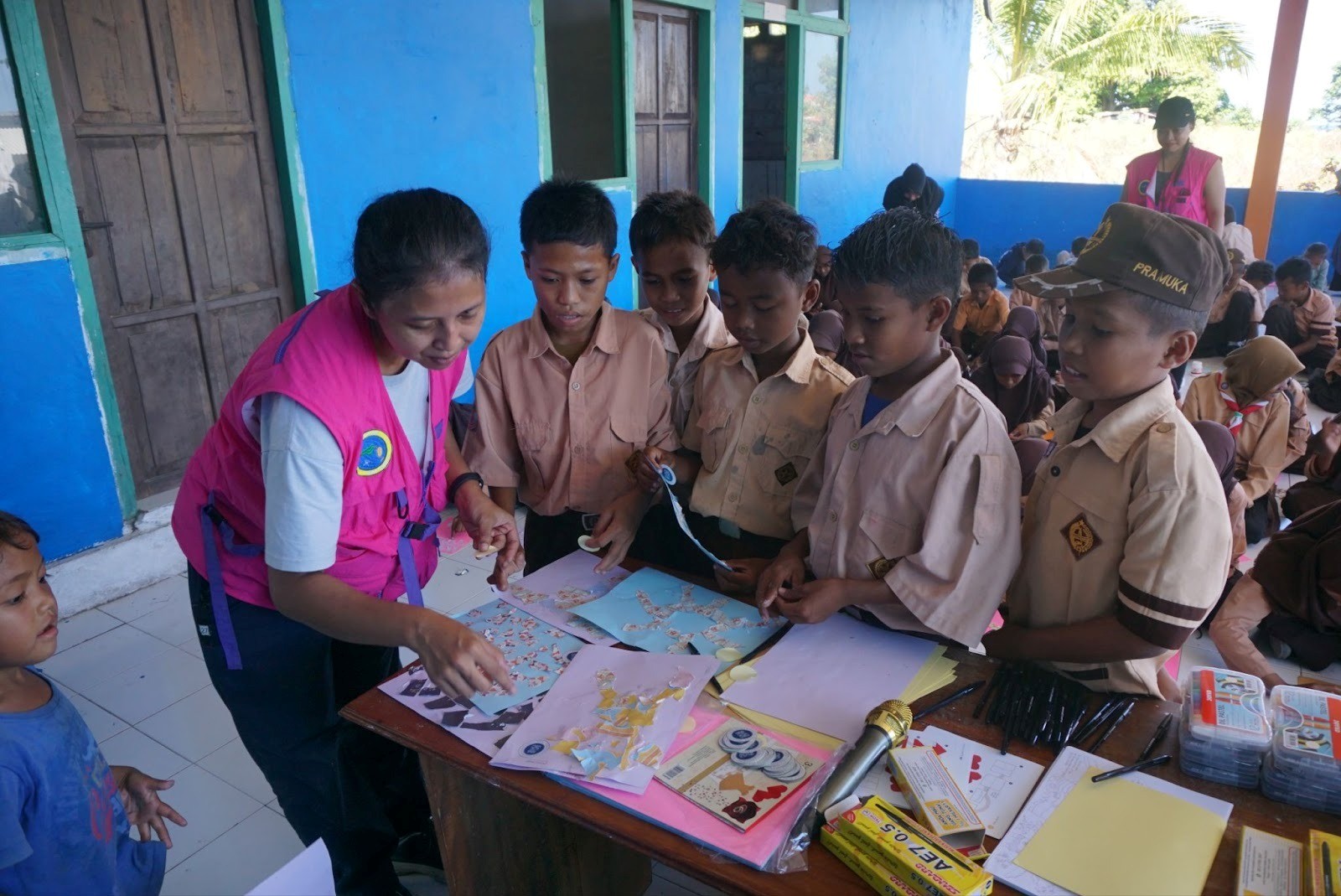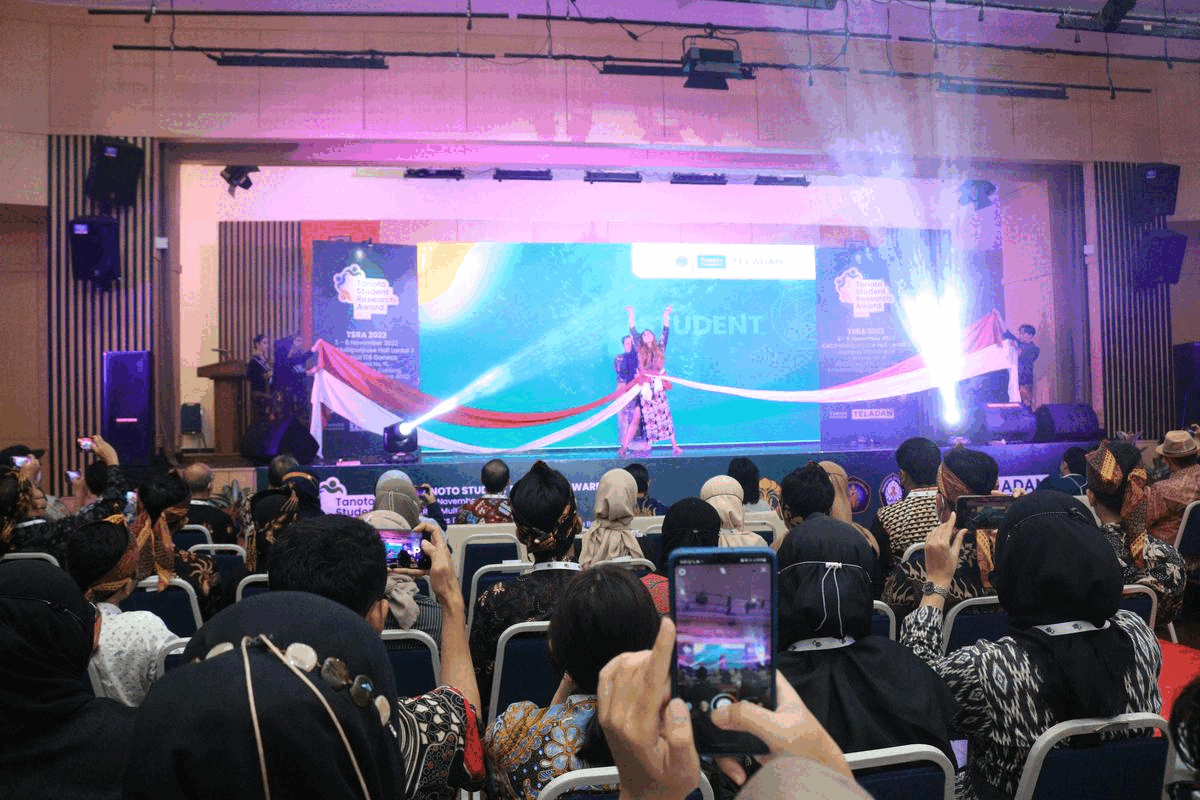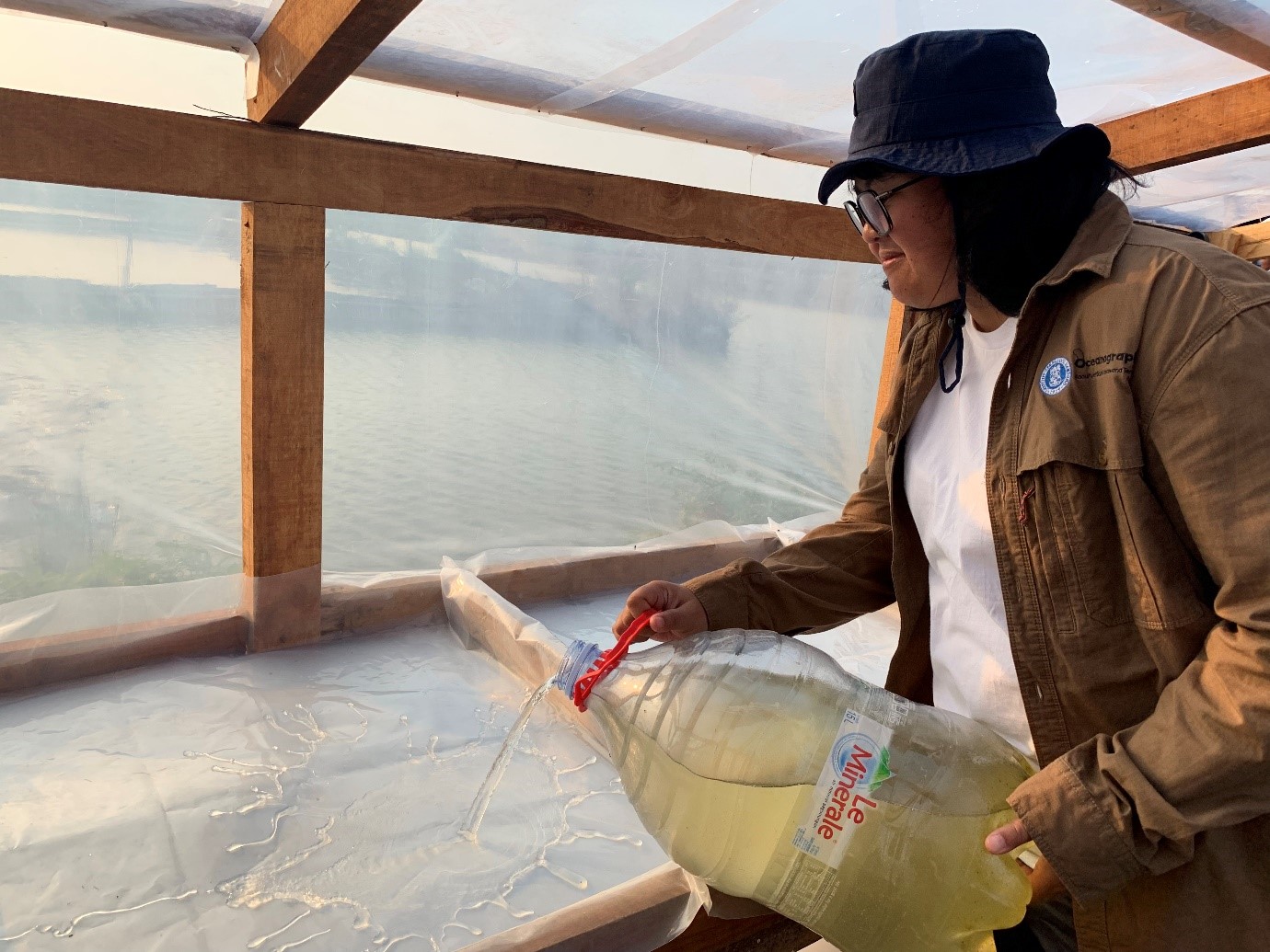Swarm Optimization in Water Resources Problems
By Adi Permana
Editor Adi Permana

BANDUNG, itb.ac.id – Water is a valuable natural resource essential for humans. Issues related to it do not cover one or two perspectives for its solution. Therefore, its management and conservation cannot be separated from holistic maintenance.
One of the ways to efficiently manage water resources is by system modeling and analyzing. Optimization techniques, machine learning, artificial intelligence, and evolutionary algorithms are implemented in its performance. Utilizing principles found in nature, this method can unravel water management problems.
For a more in-depth discussion of water resource system optimization, IRSC of ITB (Institute for Research and Community Services) collaborated with The Conservation to schedule a workshop on Wednesday (6/7/2022).
Dr. Faizal Rohmat, a professor and researcher from the ITB FCEE (Faculty of Civil and Environmental Engineering) Center for Water Resources Engineering, was invited as the speaker of this workshop. His current study focuses on applying swarm optimization in the field of water resources to acquire the best allocation guaranteed for its accuracy and sustainability.
Dr. Faizal described the communication between birds as an illustration of the swarm optimization workflow. “Individually, these birds possess limited intelligence. However, they can collectively combine their intelligence to heighten their instincts and solve complex problems.”
“Communication is the key to all troubles,” Dr. Faizal emphasized. Like the flock of birds, many complications can be settled successfully with effective communication. This concept is applied to the PSO (Particle Swarm Optimization) approach inspired by the interaction between birds.
An example of this case study is these birds searching for the best spots to get food. For instance, there are three birds with varying positions and movements. Every action they do is evaluated by one another, and their respective status will be assessed and corresponded to by others. The bird nearest to the source of food will notify other birds. Gradually, other birds will approach and gather around the calling bird. The entire flock will then fly towards the chosen location for food.
In Colorado, USA, the lower part of the Arkansas river basin is used for extensive irrigation. Despite being dry, its water allocation is good enough as a productive irrigation region to supply the local crop demands. Moreover, the water used in Colorado flows to Kansas, where it also pays attention to Colorado’s water management.
On the other hand, Colorado must have an efficient water management system to deal with climate issues and the increasing food demands. To ensure future sustainability, these concerns can be dealt with by a trial-and-error approach, where responsible parties oversee the water’s storage, release, distribution, and volume. Despite that, this water allocation plan can be very convoluted and laborious to achieve the ideal result. Hence, the PSO algorithm resembling birds in a flock is implemented to work out the water resources problems.
“Imagine one of these birds is one of our optimizing agents,” Dr. Faizal explained. “One of these birds will look for a solution, like looking for a solution to the water resources problem in Colorado.” All responses obtained- such as the allocation and storage duration of water- will be evaluated in the system before feedback is given based on the situation. “One optimization agent will tackle one policy. Then, this information is employed in that environment before presenting the feedback.”
The feedback is signaled and compared to other optimizing agents in the system so that the best result is obtained. All optimizing agents will then be gradually directed to this result. The trial-and-error procedure is done iteratively with approximately thousands of optimizing agents, in which one swarm of these moves randomly in one function and communicates with each other to advance to the most optimal direction.
“With principles of nature and communication, complex problems can be solved,” Dr. Faizal concluded. “This method can be used in most irrigated regions in Indonesia to enhance their water use and allocation, especially with the fact that Indonesia has around 200 dams.”
Reporter: Ruth Nathania (Environmental Engineering, 2019)
Translator: Ruth Nathania (Environmental Engineering, 2019)

.jpg)


.jpg)
.jpg)



